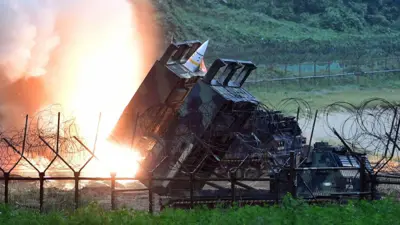We've updated our Privacy and Cookies Policy
We've made some important changes to our Privacy and Cookies Policy and we want you to know what this means for you and your data.
Argentina protest organisers will have to cover security costs, government says
- Author, Oliver Slow
- Role, ┤¾¤¾┤½├¢ News
Organisers of a protest against the economic reforms of Argentina's new government will have to cover policing costs, the new government says.
Security costs for the demonstration reached 60m pesos (£59,000; $75,000) and the "bill [would] be sent to the social movements", a spokesman said.
Thousands took to the streets of Buenos Aires this week to protest against the policies of new President Javier Milei.
He has announced plans for "economic shock therapy" including spending cuts.
More than a dozen social organisations will have to pay the security costs for the protests - in which police were deployed in large numbers - covering fuel consumption and "average man hours", according to reports.
These groups will "bear the responsibility of the cost which should not fall on citizens," government spokesman Manuel Adorni said.
Organisers had criticised the heavy show of security as an attempt at provocation.
"This reminds me of the dictatorship" of the 1970s and 1980s, Eduardo Belliboni, leader of the protest group Polo Obrero, said of the security response.
President Milei, who took office less than two weeks ago, has promised tough action against groups that try to thwart his plans with disruptive protests.
His government has announced reforms including privatising state companies, as well as deep cuts to public spending, such as a reduction in fuel and transport subsidies.
Last week, it weakened the value of its currency, the peso, by more than 50% against the US dollar.
The International Monetary Fund - to which Argentina owes $44bn - called the measures "bold" and said they would help create the environment for private sector growth.
Argentina is battling soaring inflation, with prices rising by around 150% over the last year. It is also struggling with low cash reserves and high government debt, while 40% of the population live below the poverty line.
Top Stories
More to explore
Most read
Content is not available








